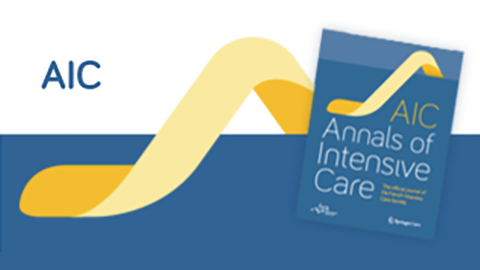24/11/2015


Source
Abstract
Background
Patients in the intensive care unit (ICU) are more prone to drug–drug interactions (DDIs). The software and charts that indicate all interactions may not be proper for clinical usage. This study aimed to identify the main drug classes associated with clinically significant DDIs in cardiothoracic ICU and categorize DDIs to make cardiothoracic intensivists aware of safe medication usageMethods
This prospective study was conducted over 6 months in a cardiothoracic ICU of a university-affiliated teaching hospital. The presence of potential drug–drug interactions (pDDIs) was assessed by a clinical pharmacologist using Lexi-Interact database. Clinically significant pDDIs were defined according to severity and reliability rating. Interacting drug classes, mechanisms, and recommendations were identified for each interactionResults
From 1780 administered drugs, 496 lead to major (D) and contraindicated (X) interactions. Nine drug classes were responsible for D and/or X interactions with excellent (E) and/or good (G) reliability. Anti-infective agents (45.87 %) were the main drug classes that caused clinically significant pDDIs followed by central nervous system drugs (14.67 %). Azole antifungals as the most interacting antimicrobial agents precipitated metabolism inhibition of CYP3A substratesConclusions
Clinically significant pDDIs as potential patient safety risks were prevalent in critically ill patients. The findings from current study help to improve knowledge and awareness of clinicians in this area and minimize adverse events due to pDDIs.Liens article
©2015 Baniasadi et al.